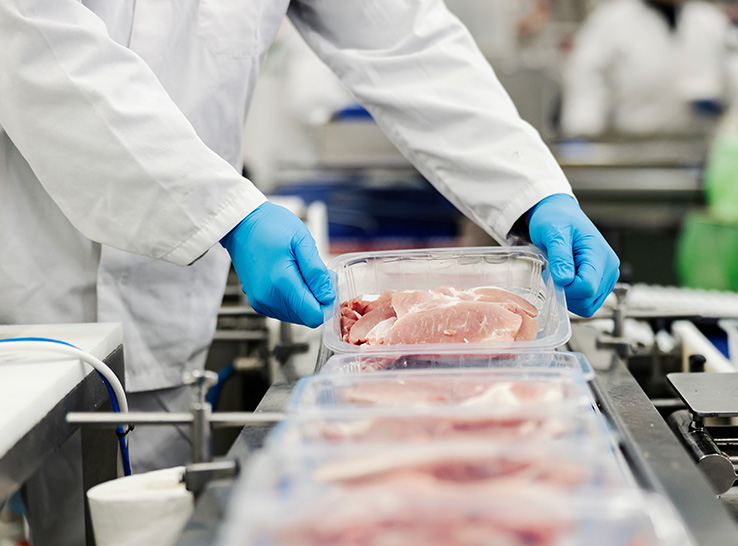Since January 1, 1995, Salmonella in pig herds has been monitored. Ongoing calculations of this data over the years have shown that the occurrence in the herds has been stable in recent years. The same applies to the occurrence in fresh pigmeat (carcasses), which has remained at around 1%. The number of people who have become ill from Danish pork has also been steadily low in recent years.
These considerations have resulted in a decision to cease monitoring for Salmonella in pig herds under the current model. On October 1, 2024, the Danish Food Administration sent a revised order for consultation, in which the monitoring of the herds was abolished. The order is expected to enter into force on 1 January 2025. The effort to ensure a low incidence of Salmonella in Danish pigmeat will henceforth be the sole responsibility of the slaughterhouses.
When the revised executive order comes into force on 1 January 2025, the following ceases:
- Collection of monthly blood samples in breeding herds
- Serological monitoring of fattening pig herds
- Taking litter samples in sow herds
- Categorization of all pig herds and obligation to provide information about the herd's category when trading.
In order to maintain knowledge of the occurrence in the herds, monitoring is established with the taking of at least 540 appendix samples annually. The samples are taken at the slaughterhouses. The samples will give a picture of the incidence at the national level.
Since appendix samples have already been taken in recent years, there is knowledge of the current bacteriological input of Salmonella to the slaughterhouses. A baseline has therefore already been established before the end of crew monitoring. The results from the future monitoring of appendix samples will therefore be able to be assessed against this baseline.
pig333.com



